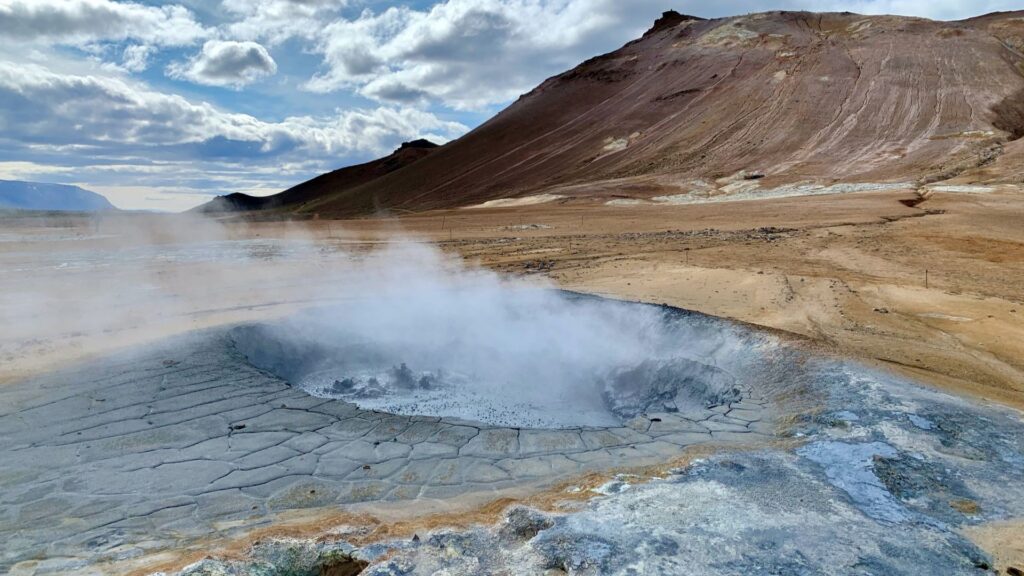Sign up to receive newsletter updates from Accelerate on LinkedIn.
“We are witnessing the birth of a new era in energy transition,” said Joseph McMonigle, Secretary General of the International Energy Forum (IEF), as he opened the second day of the Lisbon Energy Summit & Conference.
While wind, solar, hydropower, and traditional nuclear will help to achieve 50% of climate goals by 2050, the other 50% will be fulfilled by technologies like CCS, hydrogen, and fusion, he said, referencing the IEA Energy Technology Perspectives report. “I really think the Google’s of the future are going to come from this clean energy tech space.”
Several speakers at the Summit echoed these comments, adding there needs to be action to fund new projects that support these technologies. “We need to try and find ways of funding the demo first-of-a-kinds with a lot more passion and not waiting until they are mature,” said Philippe Larretche, Innovation Director for Energy and Climate, Veolia Group. He noted that it is difficult to progress technologies beyond pilots to the first-of-a-kind demonstration projects due to lack of available funds at this stage.
To help, effective, coordinated and streamlined regulation is required to create a stable policy environment, drive private investment, and accelerate progress in deploying these technologies. “Policy is at the core of what we’re trying to do and what the energy transition is doing,” said Giulia Chierchia, Executive Vice President, Strategy, Sustainability, & Ventures, bp.
“When you think about all energy transitions, [they] have taken centuries to happen. It took 100 years for oil to unfold. And what we’re trying to do is basically try a full energy transition within a few decades without necessarily having cost or technology leadership yet, and therefore policy needs to be at the center of what we’re trying to do.”
Striking a balance
While new technologies are being developed to move at a rapid pace to meet Net Zero targets, there needs to be recognition that renewables will not be able to accommodate for the world’s energy supply in the near-term. McMonigle expressed the requirement for continued investment in hydrocarbons, saying, “until we have those technologies in the future, we have to keep our eye on investing in hydrocarbons too, so that prices don’t dramatically rise and stay there, or we have a lot of volatility that in the end undermines public support requirements.”
He added there is a concern that the public will equate the volatility and increasing prices of today’s energy with the energy transition, which would jeopardize energy transition efforts. Public support for new energy technologies will be a critical piece in moving the energy transition forward, especially as it relates to policy development and the introduction of new technologies to assist in decarbonization.
And while there is a consensus that we must invest in new energy systems, there was a common thread among keynotes and panelists who agreed there needs to be allowance and understanding for where countries and regions are at in their own energy transition journeys.
The energy transition journey is not one-size-fits-all
Some countries, particularly in Europe, are much further along in their energy transition journey. Take Portugal, for example. In the opening address of the Summit, Environment Minister Maria da Graca Carvalho announced the launch of an auction for the centralized purchase of hydrogen and biomethane, worth 140 million euros over 10 years, and recommitted Portugal to developing offshore wind energy.
But in other countries where they use high-emitting energy sources like coal, the need to carbonize precedes the need to decarbonize, where switching to oil and gas is a better alternative to burning coal. Energy transition cannot be one-size-fits-all. There needs to be recognition that this round of transition will take time and won’t be the same for all regions.
The International Energy Forum (IEF), understanding this disparity between regions and countries, launched a year-long study of lessons learned from the energy crisis.
“We visited every region of the world, held about a dozen of these listening sessions with governments, industry, and stakeholders,” said McMonigle. “What we heard collectively from all these listening sessions and recommendations was that we need a multi-dimensional approach, that every country can have their own pathway, their own starting points.”
“In the near term, there is a huge amount we can continue to do to scale renewables. Remove methane leaks from the oil and gas production chain, switch from coal to gas, and scale up carbon capture. If we focus on progress over perfection, you can have a great impact on reducing CO2 emissions,” he said.
Hydrogen gaining momentum, but will take time to scale
While a complete transition from oil and gas is not feasible near-term, the requirement to investigate and utilize alternative energy sources is critical to support energy availability and affordability. Hydrogen is an alternative source that now, more than ever before, is being brought up in energy conversations.
“Let’s put it bluntly, four years ago if someone spoke about blue hydrogen in the European context, that would have been blasphemy,” said Nuno Antunes, Partner, Energy & Natural Resources, at Miranda a Associados, to kick off a panel session of the Hydrogen and Decarbonization stream at the Summit. “Well guess what? Four years later, everything changed.”
Elisabeth Eklund, the Swedish ambassador to Portugal, addressed attendees at the Summit, highlighting the importance of hydrogen as a clean energy source. She said that hydrogen can be used as an energy carrier, for energy storage, and as a fuel. “The current energy crisis has also increased the focus on hydrogen opportunities to contribute to increase the self- sufficiency in energy,” she said.
And while lively discussion and debate is happening over which hydrogen should be focused on, blue or green, the truth is this is a new technology and, as attendees heard throughout the Summit, will take time to develop. “Building the infrastructure from scratch is going to be one of the biggest challenges in deploying these kinds of technologies across the globe,” said Mona Bhagat, Director of Technology, Energy Transition, at KBR Sustainable Technology Solutions. “The LNG market took about 30 to 35 years to build that infrastructure. It’s going to take us 30 to 35 years to build the hydrogen infrastructure and the CO2 infrastructure we need.”
“We not only need policy in place, but we also need the investment and the finance needed to build this infrastructure.”







